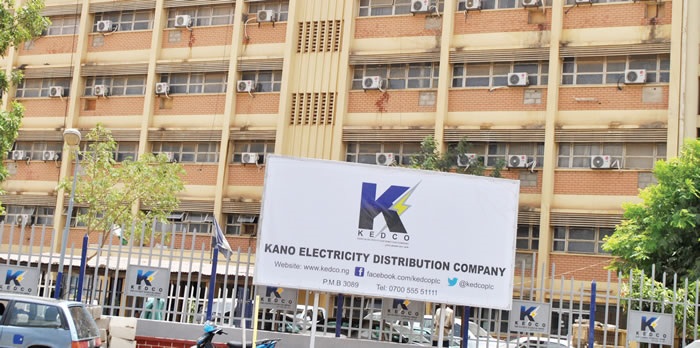Discover how a groundbreaking technology developed by the Korea Research Institute of Standards and Science (KRISS) and the National Center for Agro Meteorology (NCAM) improves the accuracy of measuring methane emissions from rice paddy fields, contributing to effective climate change policies.
In a collaborative effort, Dr. Namgoo Kang from KRISS and Dr. Minseok Kang from NCAM have successfully pioneered cutting-edge technology to enhance the reliability of methane emission measurements from rice paddy fields. Methane, a potent greenhouse gas, has 25 times the greenhouse effect of carbon dioxide per unit material. Given that it constitutes approximately 30% of greenhouse gas emissions in the agricultural sector, accurate measurement is crucial for implementing effective climate change strategies.
The Limitations of the Chamber Method
The most widely used method for measuring methane emissions from rice paddy, based on the KRISS findings, is the chamber method. This approach involves installing box-shaped chambers at regular intervals on the soil to calculate the amount of methane collected over a specific area and time. Unfortunately, this method falls short due to its inability to provide continuous monitoring, resulting in potential distortions in emission levels. Moreover, the confined nature of the chambers restricts the scope of the results obtained.
Introducing the Eddy Covariance Method
To overcome the limitations of the chamber method, researchers have turned to the eddy covariance method. This innovative approach enables continuous measurement of methane emissions in open and expansive spaces, offering a more accurate representation of real-world conditions. However, the accuracy of measurement results may still be influenced by the height of the monitoring equipment, highlighting the need for further research and guidelines in this area. Consequently, the chamber method continues to be utilized to calculate country-specific emission factors for inclusion in the United Nations Framework Convention on Climate Change (UNFCCC) database.
Pioneering Calibration and Correction Techniques
Building upon the eddy covariance method, the KRISS-NCAM joint research team leveraged eddy covariance data collected from rice paddy soil in Cheorwon, Gangwon-do Province between 2020 and 2021. Their groundbreaking work identified the impact of observation height on measurement results and proposed a corrective methodology for enhanced accuracy.
This significant achievement is underpinned by KRISS’s development of a methane reference gas technology, enabling precise calibration for both the chamber and eddy covariance methods. Notably, this research marks the first instance of internationally recognized standards being applied to measure methane emissions from rice paddy soil.
Applications and Implications
The outcomes of this research hold significant implications for verifying national greenhouse gas emissions data and strengthening data reliability through a comparative analysis of the chamber and eddy covariance methods. Furthermore, this advancement contributes to refining measurement accuracy and consolidating data within global greenhouse gas observation networks.
Dr. Namgoo Kang, the team leader of the Measurement Instrumentation and Data Verification Research Team and a professor of Precision Measurement Major at the University of Science and Technology, expressed, “The eddy covariance method is a pivotal strategic technology that will establish itself as a global standard, complementing the chamber method. Our findings will foster the development and implementation of plans to achieve carbon neutrality in the agriculture, forestry, and livestock industries on a national scale by 2050.”
Future Research Directions
Looking ahead, the joint research team intends to continue their investigations, focusing on exploring the potential of the eddy covariance method in the forestry, horticultural, and livestock industries. Their objectives include developing tailored quality management technologies for smart agriculture, enabling accurate monitoring of greenhouse gases in these sectors.





